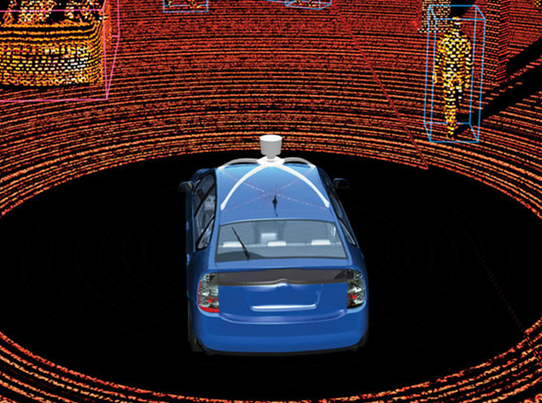Detrimental effects on society
The following are some negative consequences of Deepfake that can have harmful effects on society:
- Misinformation and erosion of trust: Deepfakes can create highly convincing but false representations of individuals saying or doing things they never did, leading to misinformation and eroding public trust in media and institutions. For example, Deepfakes have been used to create fake videos of politicians, which can mislead voters and disrupt democratic processes.
- Exploitation and harassment: Deepfakes can be used to create non-consensual explicit content or defamatory material, targeting individuals for harassment or blackmail. There have been instances where Deepfake technology was used to superimpose faces of celebrities or private individuals onto explicit content without their consent, causing personal distress and reputational damage.
- Security threats: Deepfakes pose a security threat by enabling fraud and impersonation. They can be used to mimic voices or faces to bypass biometric security measures or to create convincing scams. An example was provided earlier, regarding a real-world case, where Deepfakes were used to mimic a CEO’s voice to trick a manager into transferring a significant sum of money, as reported by Forbes.
- Legal and ethical challenges: The rise of Deepfakes creates legal and ethical dilemmas, challenging existing laws on consent, privacy, and free speech. Technology blurs the line between truth and fiction, making it difficult to discern real from fake and raising questions about the legality of such content creation.
In my opinion, the biggest threat to human lives is a nuclear war between countries that can lead to suffering and death on a ginormous scale. Imagine a scenario where a Deepfake video falsely shows a world leader declaring war or making inflammatory statements, leading to international tensions or even conflicts. This highlights the potential geopolitical impact of Deepfakes when used maliciously and the need for education on how to spot Deepfakes and other mitigation strategies.
How to spot a Deepfake
The identification of Deepfake is an area of growing research. Here, we mention a few techniques you can use to identify Deepfake content:
- Facial inconsistencies: Look for anomalies in facial expressions, such as awkward blinking, unusual lip movements, or facial features that appear distorted or don’t align correctly.
- Audio-visual mismatch: Check for mismatches between the audio and visual elements. For example, the voice may not sync perfectly with the lip movements, or the tone and accent might not match the person’s known speech patterns.
- Unnatural skin tone or texture: Deepfakes may exhibit issues with skin tone or texture. This can include overly smooth skin, a lack of natural blemishes, or inconsistent lighting on the face compared to the surroundings.
- Background anomalies: Pay attention to the background of the video. Look for strange artifacts, inconsistencies in lighting, or other elements that seem out of place or distorted.
- Lack of blinking or excessive blinking: In early Deepfakes, the blinking was often irregular or missing. Although newer Deepfakes have improved, anomalies in blinking can still be a giveaway.
- Use of detection software: There are various software tools and apps designed to detect Deepfakes by analyzing videos for subtle inconsistencies that are not easily noticeable to the human eye. Popular Deepfake detection tools include products from Sentinel (https:// thesentinel.ai/) and Intel’s FakeCatcher.
- Checking source credibility: Verify the source of the video or audio. If it comes from an unverified or suspicious source, it warrants further scrutiny.




